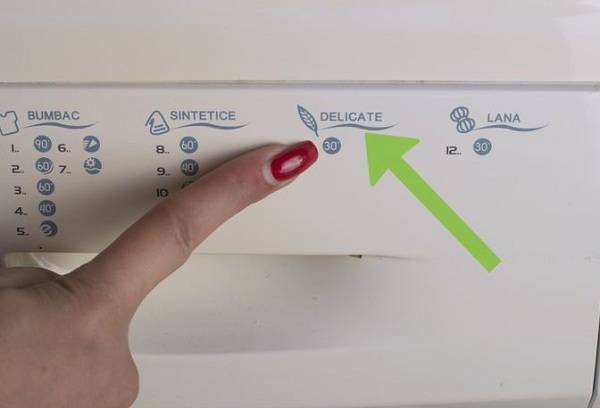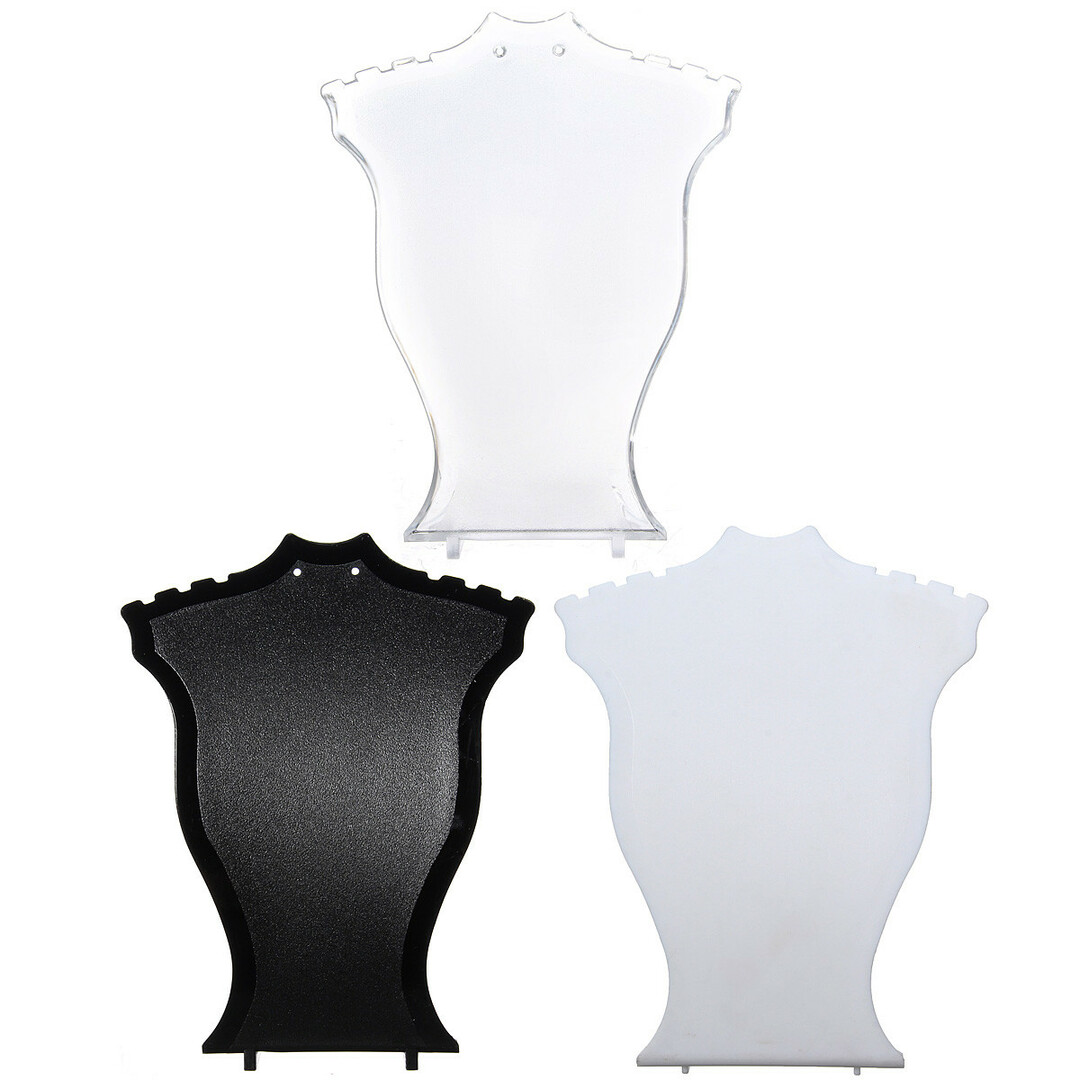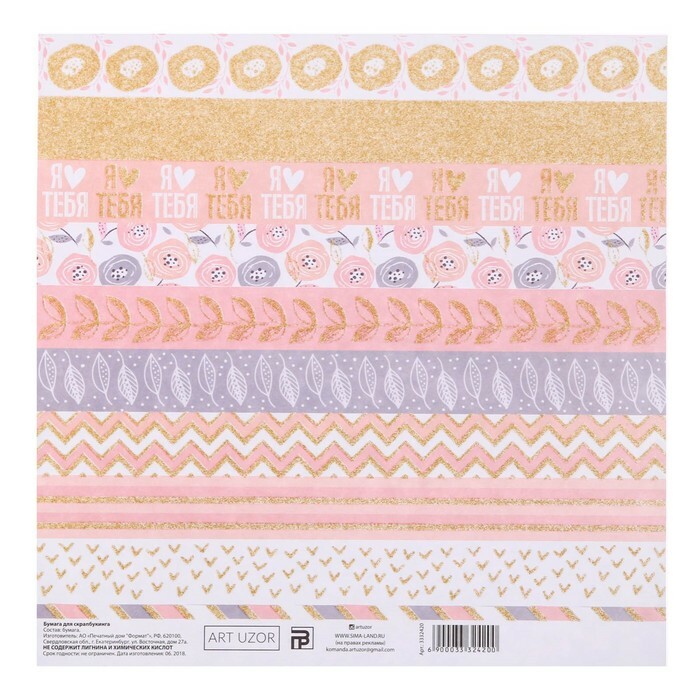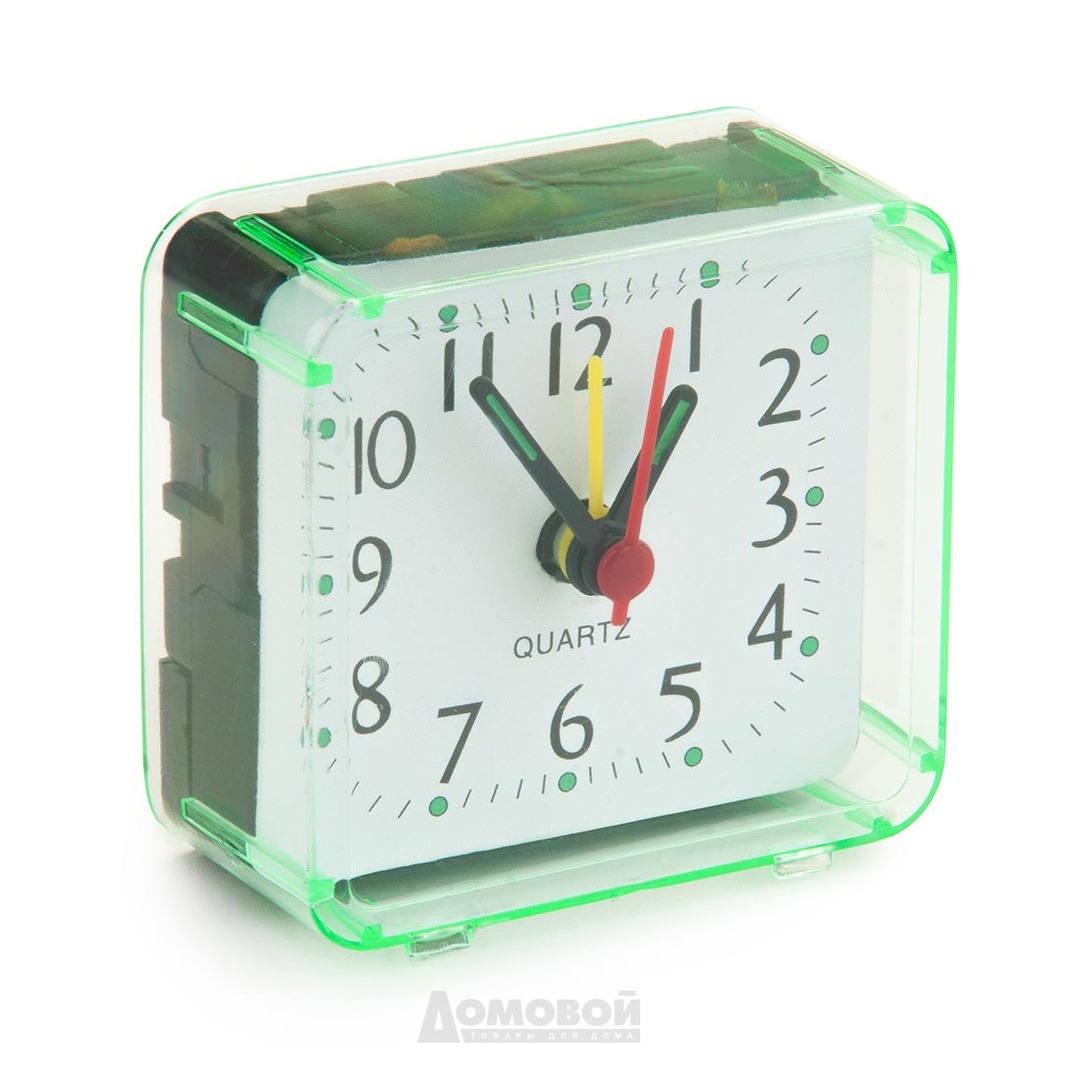Contents:
- Conditions under which the duvet is allowed to be washed in the automatic machine
- Rules for the washing of
- How to organize the process
Many housewives affirmatively answer the question of whether it is possible to wash a duvet in a washing machine. This approach allows you to significantly save energy and time, do not spend money on dry cleaning services, in a short time to get a clean and updated subject of everyday life.

Practice shows that it is with the help of an automatic machine that you can get the best result, becauseThis type of treatment not only allows you to get rid of the traces of dirt and dust, but also to smash the fluff, which is lost in a ball. The main thing is to correctly use the functions present in modern household appliances.
Conditions under which a duvet is allowed to be washed in the automatic machine
There are several factors that complicate the process of using a washing machine for cleaning a duvet with a down filling. The procedure can be carried out safely if the following conditions are met:
- There are no prohibiting instructions on the label. If there is any prohibition on the tag, then they should not be neglected. In case of doubt about the meaning of individual symbols, it is better to spend time and find the decryption than to try to restore the damaged product later.
- The size of the blanket matches the machine's capabilities. The blanket should not only fit into the drum, but also leave enough room for water there. If the lid is difficult to close, then do not expect a thorough cleaning and further washing out of detergents.

Advice: Do not dry-clean the duvet( or even the filler removed from the cover) at home. In order to completely wash the reagents from the material, it is necessary to use a special technique. Dry cleaning is better to trust professionals, otherwise the risk of accumulating chemicals in the fluff is high.
- The weight of the bedding does not exceed the norm. Some blankets do not differ in size, but they contain a lot of down. After he gets into the water and gets wet, his weight increases several times and occupies the entire space of the drum. It is more dangerous to handle such products in a typewriter. The cover can not stand and tear. Then all filters and hoses will be clogged.
- Cloth fabric is not prone to molting. Colorful blankets need to be washed again with increased caution, otherwise they will lose their original attractive appearance after only 1-2 washings.
If all the above conditions are met, you can safely proceed with the procedure.

Rules for washing
There are several recommendations, compliance with which will achieve the maximum result with minimal risks from the first approach:
- Before using the automatic machine, the blanket is recommended to soak for a short time in the bathroom or a very large basin. This will allow to estimate the dimensions of the product in wet form, evenly wet it. And if you add a couple of tablespoons of vinegar to the water, the dirt from the product will go away even more actively.
- After pre-treatment, squeeze out the blanket slightly and place it in the drum of the machine. We load instead of a powder a liquid enzyme agent, we expose the most sparing mode of processing. Turn off the spin and drying mode. The temperature is set at 30 ° C.

After the cycle is over, we start removing excess water from the product. It will take a long time to work, but this option is the most suitable one. After the liquid can be disposed of to the maximum, we spread the blanket on a firm and clean horizontal surface and proceed to drying. Artificial heat sources are not used, the ends of the blanket should not hang. Regularly turn the product over, shaking it to break down the lumps of fluff. It is noteworthy that the higher the quality of fluff, the faster it will dry out.

Advice on how to organize the process
The main potential problem in washing down duvets - the transformation of soft fluff into one tight coma. There are rules that will reduce this risk:
- In vertical machines the filler gets lost in one heap more often, therefore owners of such mechanisms should use manual method or turn to dry cleaning.
- If you exceed the thermal regime, the fluff will not only get stronger, but also yellow, giving unattractive stains on the surface of the cover.
- Along with the blanket, you can wash several tennis balls, they will knead the product, preventing the formation of lumps.
- If you regularly whip the blanket as it is used daily, the fluff will not stick together, which will help it to recover more quickly after washing.
Even if the manipulation, carried out by all rules, did not give the expected result, you do not need to get upset. Downy filler, strayed into a ball, can still be restored. It only needs to be shaken regularly and, if necessary, carried out by hand.



